By Pete Hamilton-Giles
When I was in Seattle in late 2009, I discussed the amps my friends were using or were after, and many of those who were well-versed on this topic told me I should check out an amp company called Verellen Amps. I was told at the time that it was a relatively new amp company, producing them to the standard of the old classics. Now, I like to consider myself as something of a connoisseur when it comes to old vintage amps, not really into combos, although there is nothing wrong with those who are; my cup of tea involves trying to obtain the amp monsters that used to make the earth shake – vintage Ampeg svts, or Sunn Model Ts, Laney Supergroups and Simms Watts, to name just a few. Comparing the sound of vintage amps with their modern counterparts has left me with a certain disdain for everything modern. Of course, this is totally subjective, but wherever you are, whatever you may use, if you scratch the surface of the mediocrity typifying modern amp brands and designs, you will find smaller, more dedicated companies who have taken the decision to make amplifiers that fly in the face of modern trends. Quality over quantity is another trend dominating modern manufacture, a trend that has continued to haunt amplifier manufactures since the late 1960s, the most high-profile split being the one between Sound City and Hiwatt. Yet companies like Verellen have turned the clock back, and concentrate on high quality over quantity. If you visit their website, you can read the endorsements, and it makes for impressive reading. Loud, clear, dynamic are some of the adjectives used by a vast array of famous musicians and bands. I was fortunate enough to be invited by CVLT Nation to hold an interview with founding member and company owner, Ben Verellen.


Hey Ben, so how’s it going?
Trucking along. We’re juggling a lot these days, but things are always improving a little bit.
So when did you decide to pursue the idea to make your own amps? And at what point did this become a commercial proposition?
I studied electrical engineering for about 8 years, not really knowing exactly what I wanted to do with it. It was somewhere in my 7th year that I decided to pursue tube amps. I did a couple tube amp projects in school, and my professor suggested I could make this into a business. That’s when it became a reality. That was somewhere around 2007.
Where do you draw your influences from when thinking about the design of your amplifiers?
I noticed a big difference in the tone of older designs. It seemed like tube guitar amps built before the 1980’s had a more interesting vibe to my ears than modern manufactured amps. They were also more elegant in design. Those older designs seemed to pay close attention to detail using fewer components in creative ways to get results, whereas many modern amps take one classic design and attempt to incorporate lots of modern solid state “tricks” for circuit protection and skimp a bit on the core components. The results were amps that lacked both the tone and longevity of their predecessors. I wanted to pay more attention to what the old guys were doing as a basis for our designs.

How much has vintage equipment, such as Sunn Amps, Ampeg, Traynor, etc, influenced your designs?
In the last 3 years, we’ve built around 250 amps, and well over half of those are unique custom amps where a customer would request something “like a Sunn Model T, but with spring reverb” or “an Ampeg Gemini w/o the accordion channel”, etc…. so I’ve spent a lot of time with 100s of classic circuits, and they’ve definitely bled into our designs.
Do you use point to point soldering or PCB circuit boards? What are the advantages of one over the other?
All in all our amps are hand wired, with the majority of components mounted to eyelet boards, which is arguably “point to point”. When you’re working at 5-10 amps at a time, each one an entirely different custom project from the next, this kind of construction is advantageous because we can jump right in w/o a lengthy and expensive one-off pcb prototype. It can also be sturdier, depending on how their being used. That said, we use pcb’s where they can help. Typically, that means as a home for certain components (power supply diodes and caps for example) to be mounted in a space effective and repeatable way. As long as you aren’t mounting pots and switches to pcbs (which can stress and eventually damage them), they’re not so evil.
Can you tell us about the models that you have currently available, and what people are getting with each amp?
The Meatsmoke is our most popular amp. It’s an all tube 300 watt 2 channel (footswitchable) amplifier for bass or guitar. Overbuilt, and totally unique. The fullest cleans, and the thickest overdrive for bass all using tubes and big transformers.
The Loucks is a 100 watt EL34 guitar amp with tons of range. From very full bodied cleans with lots on top to a real rich classic rock snarl, and then the foot-switchable overdrive boost can take it up to thick borderline fuzz tones.
The Skyhammer is the 100 watt shredder. Also using EL34s, this one does the high gain thing with a little more meat on the bone. Great for palm muting and lead guitar. Complete with effects loop. 2 channels, footswitchable.
The Coop is a 50 watt 6L6 American vibe amp, with tube-transformer-spring reverb that gets real lush and over the top. Can get some great bluesy snarl, or be crystal clear. Pretty classic sounding.
The Spaldo is an 18 watt ripper using the straightest possible route from the input jack to the speaker out for a very pure and simple tone. Volume and tone controls is all you get, but the volume knob can take it from a clean tone, to vox-like drive, to something much meaner.

American RMS ratings are considered to be notoriously inaccurate here in the UK? How do you measure the output of your amps?
I’m going to just give you the nerdy answer and I hope you’ll forgive me. The basis for a legitimate RMS power measurement is to put a sine wave into an amp’s input and adjust the controls such that you can see (with a scope on the output) the largest possible sine wave at the output before the wave begins to square off at the peaks(meaning the first sign of distortion). That’s your maximum clean output voltage. To find the RMS voltage of that output signal, take that zero to peak voltage (Vp) and divide it by the square root of 2. That gives Vrms. Now to get the power, square Vrms, and divide by the impedance (say 16 ohms for example). That gives max RMS power, and this is how we come up with our output specs. I’ve seen some amp makers who will dime all the controls to get the biggest square wave (massively distorted) they can, then stick an AC rms voltmeter on the output, square that and divide by impedance. I think this is a bit misleading, even if guitar amps are typically run with their output stages overdriven to some extent.
Do you entertain musicians who after endorsements and if so how does this work?
We’re still too small for that kind of thing, really. I’m not fully opposed to the idea, but it would have to be someone who we really thought was going to make a big difference in getting the word out. Even then, we’d probably ask for them to cover cost of parts and labor. We’ve got a long way to go till we’re comfortable throwing amps (money really) around like that. We survived our first 2 years of business in an economic recession, so our penny pinching chops are pretty good these days
What has been your musical involvement in the Seattle music scene?
It’s pretty much swallowed up my life from age 13 on, to be honest. My older brother was in a band called Botch, which was a real influential math-y hardcore band within a certain circle. But he had broad taste so I’d tag along to shows, and ended up getting exposed to all kinds of punk, hardcore, rock, etc.. as a little kid. I’ve been pretty well tethered to that world ever since. I’ve played in bands: Harkonen, Roy, These Arms are Snakes, and Helms Alee. I also worked as a recording engineer throughout college, recording demos, punk records, and working as assistant engineer on a couple big records (Mastodon, etc..). The Seattle music community has definitely been a supportive breeding ground for the company.
How do you think your amps compare to the old vintage makes, and do you see this as contributing towards continuity in quality over quantity?
Like beautiful sturdy vintage amps, we aim to build amps made by hand, made with love, something to own for the rest of your life. Above all they should be tools for making art. When you play a quality vintage amplifier, you get inspired by the craftsmanship of the tool your playing through, and we want to inspire players the same way.
Well, thanks for taking the time to tell us a bit about the company. The next time I am in Seattle we should go out for a drink. My old band Scalplock actually supported Botch and Dillinger Escape Plan at the Underworld in London some years back. You can tell your brother the Botch set remains to this day one of the top ten shows I have ever seen. I’m digressing, so everybody who is interested in getting an amp that is truly unique check out Verellen Amplifiers. I know people who did and they swear by them. They really are things of beauty to behold and hear. Pete Hamilton-Giles reporting for CVLT NATION…over and out…
BIG thanks to Pete and to Ben for the awesome interview!!!



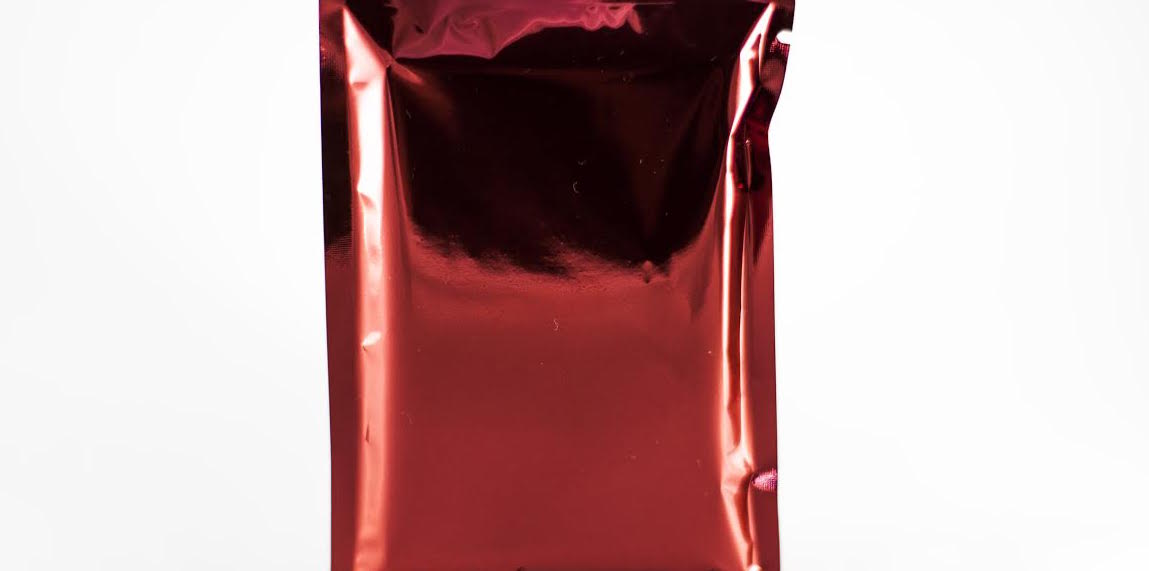
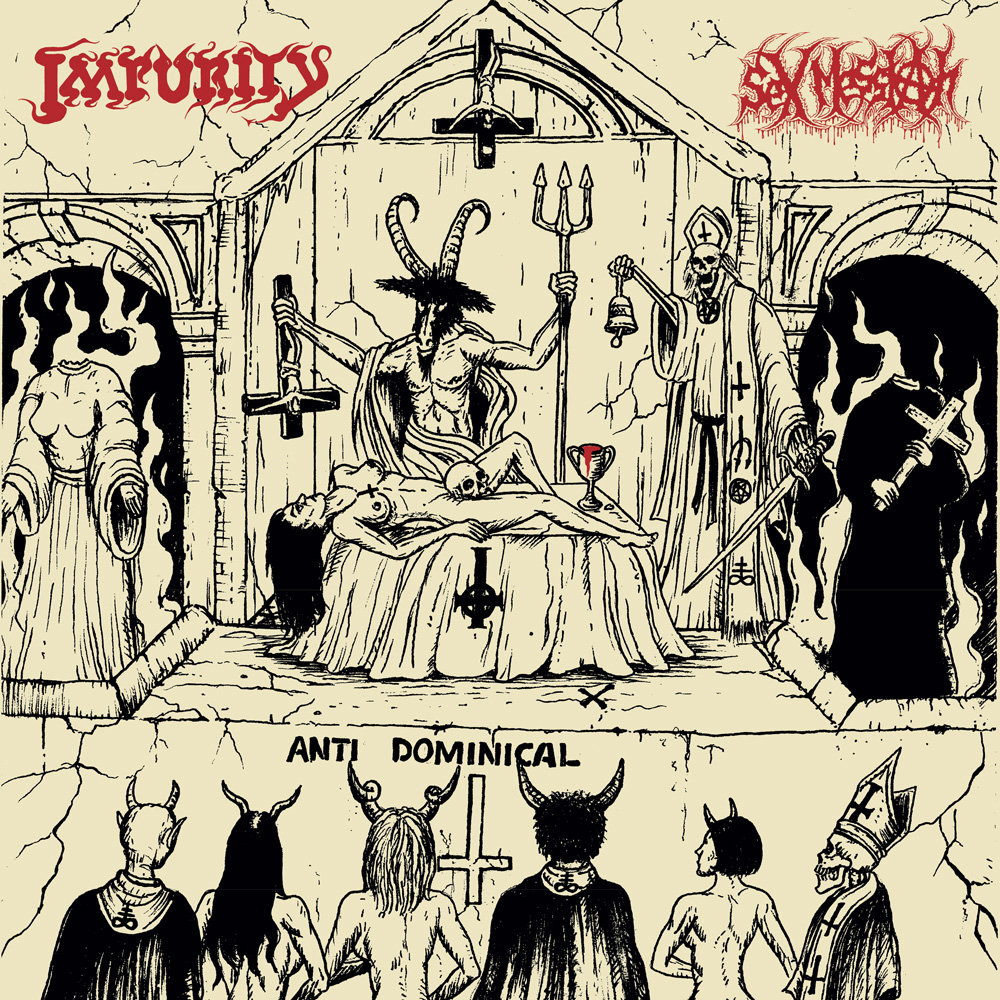

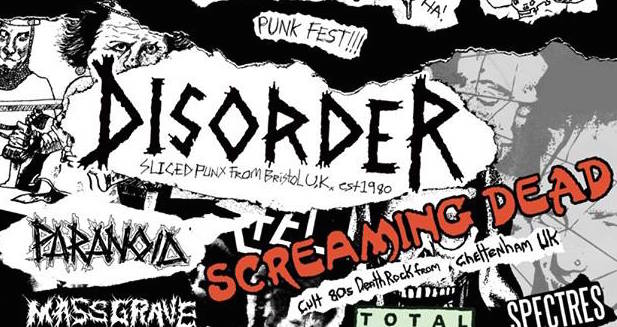


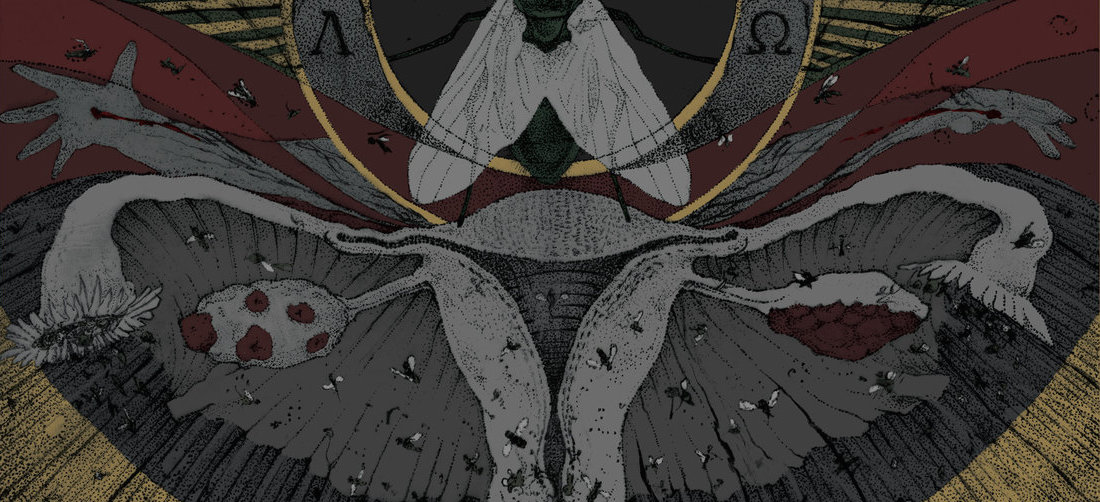

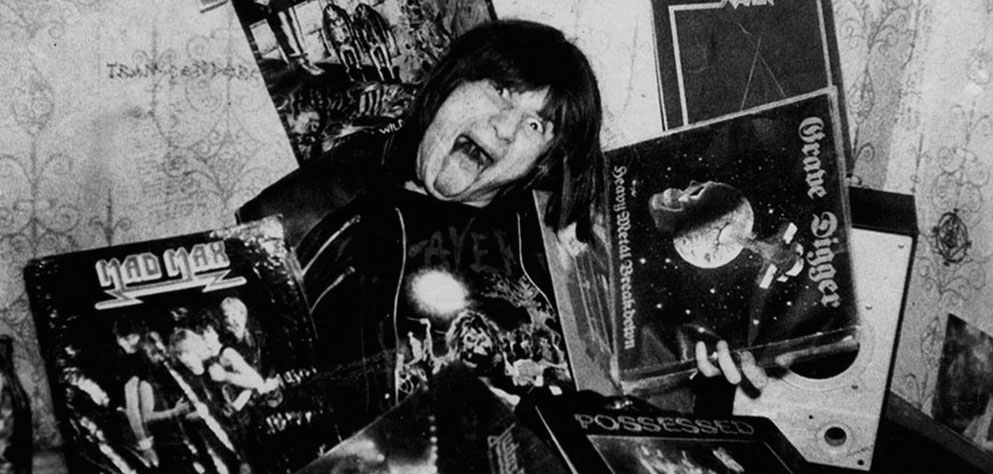
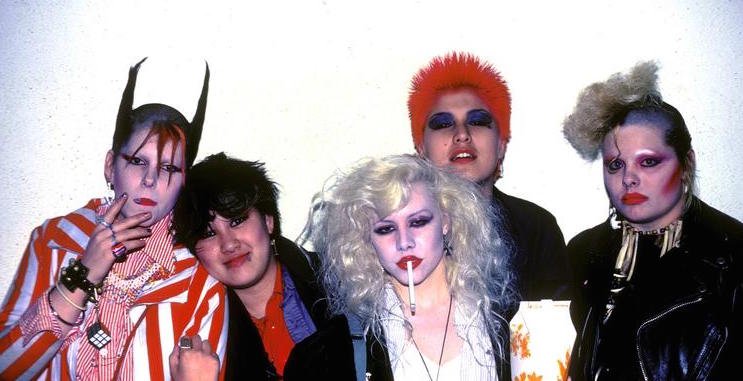



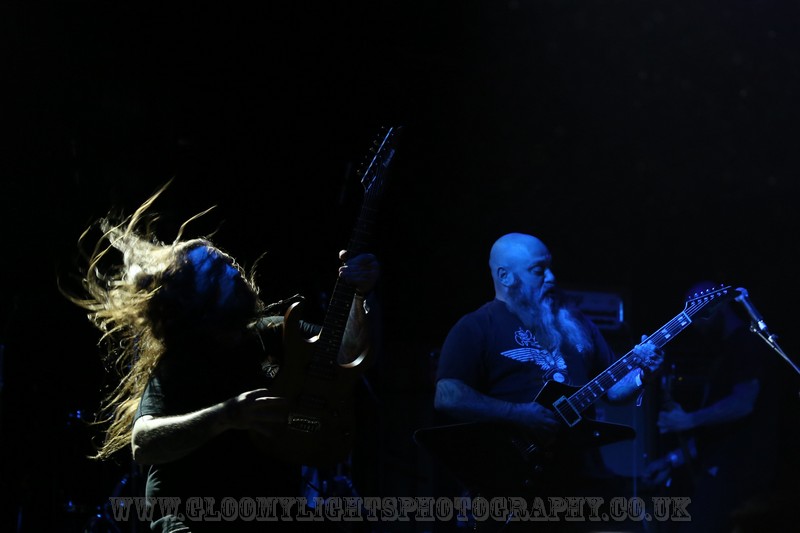


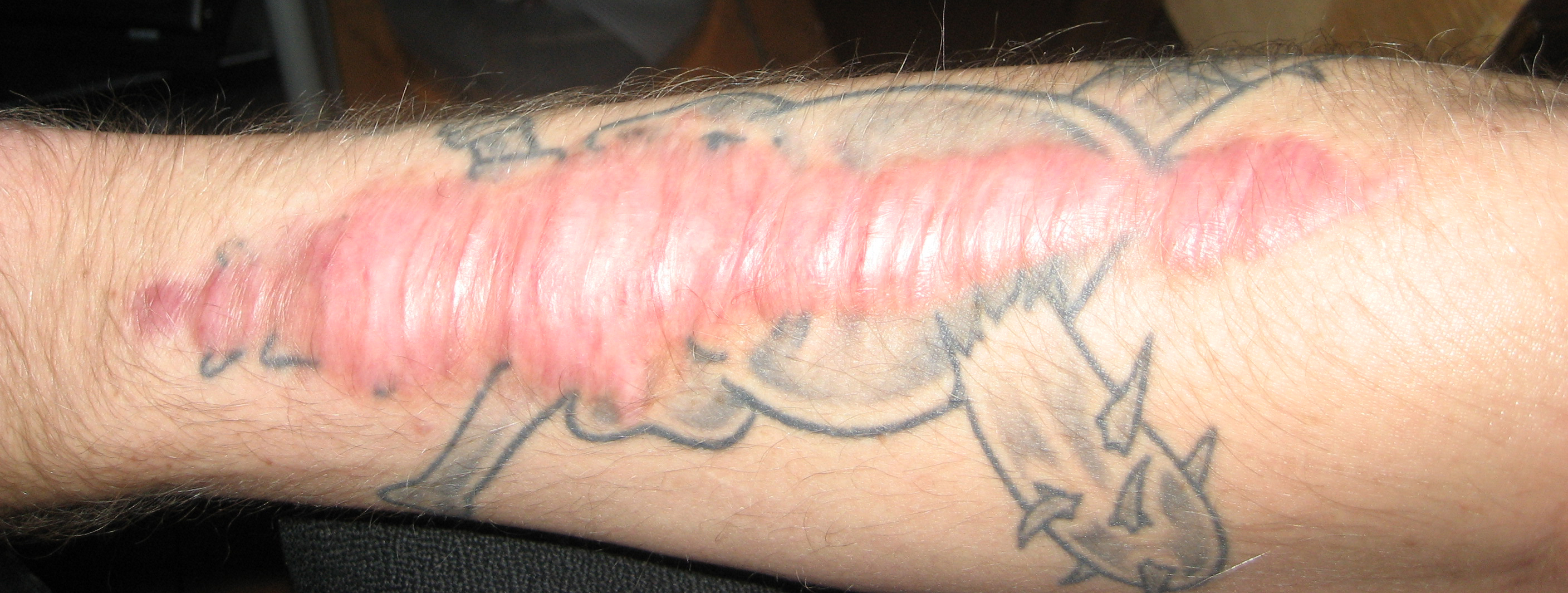



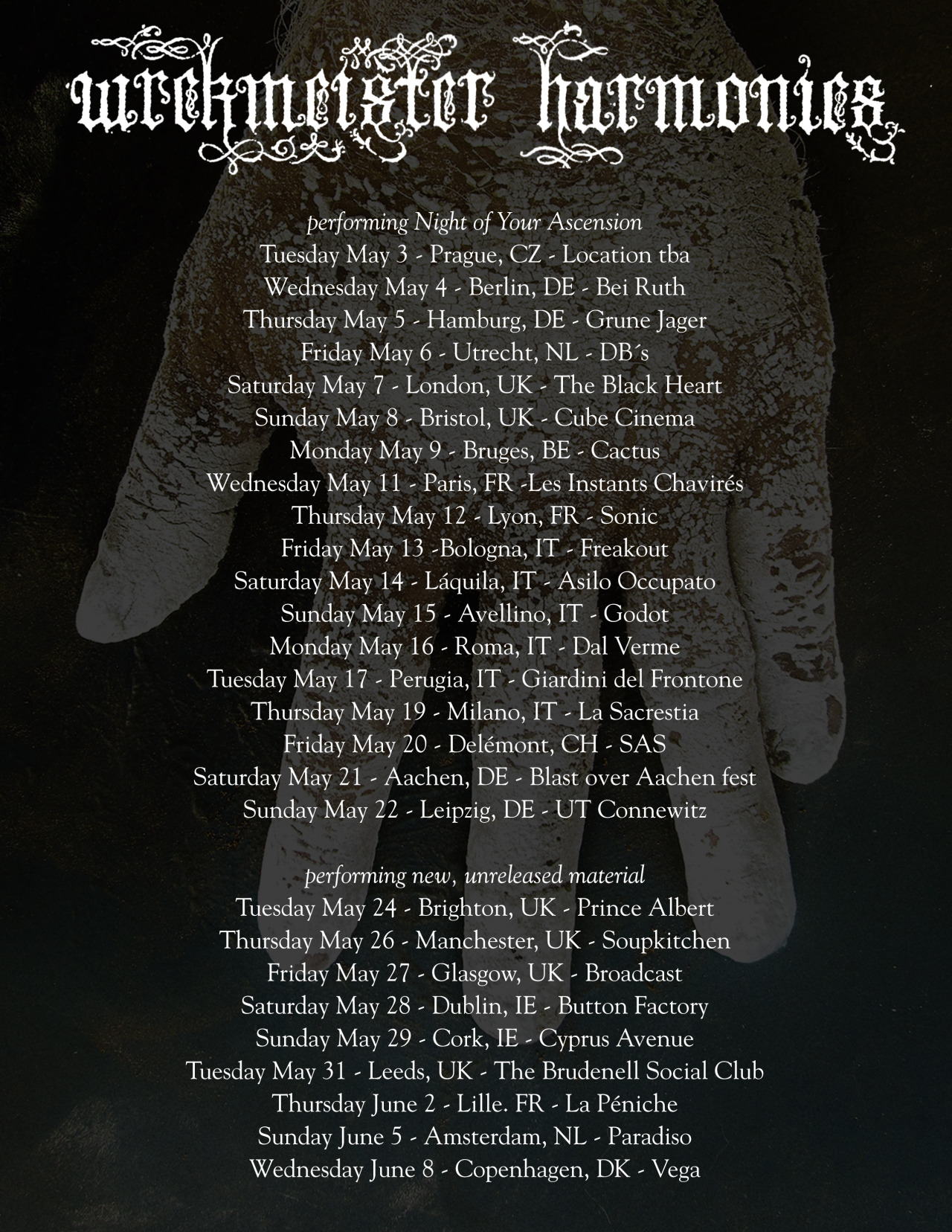





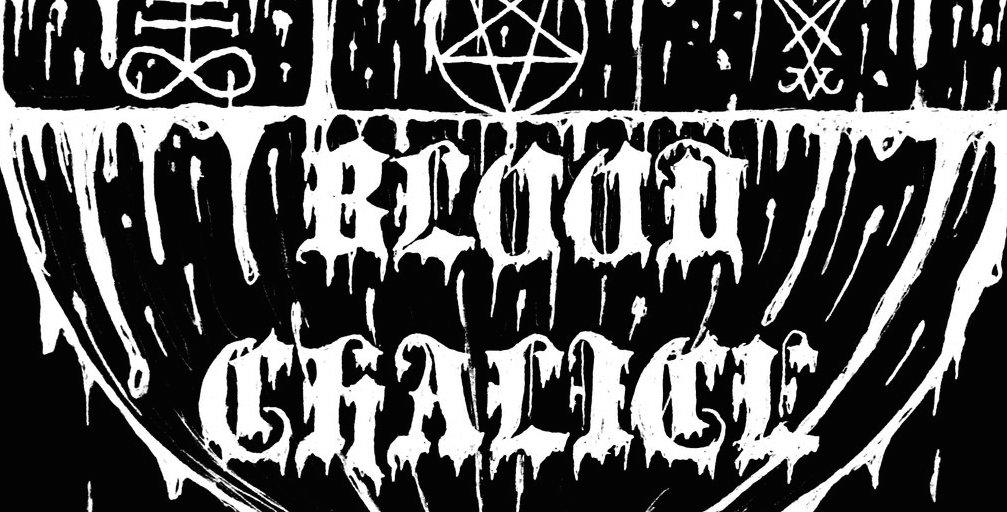











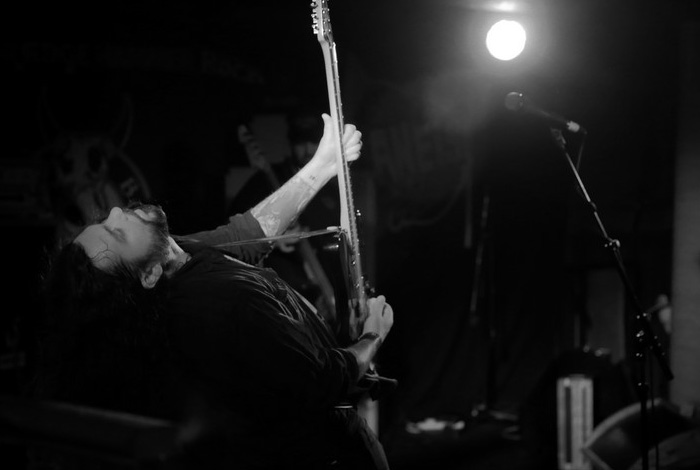


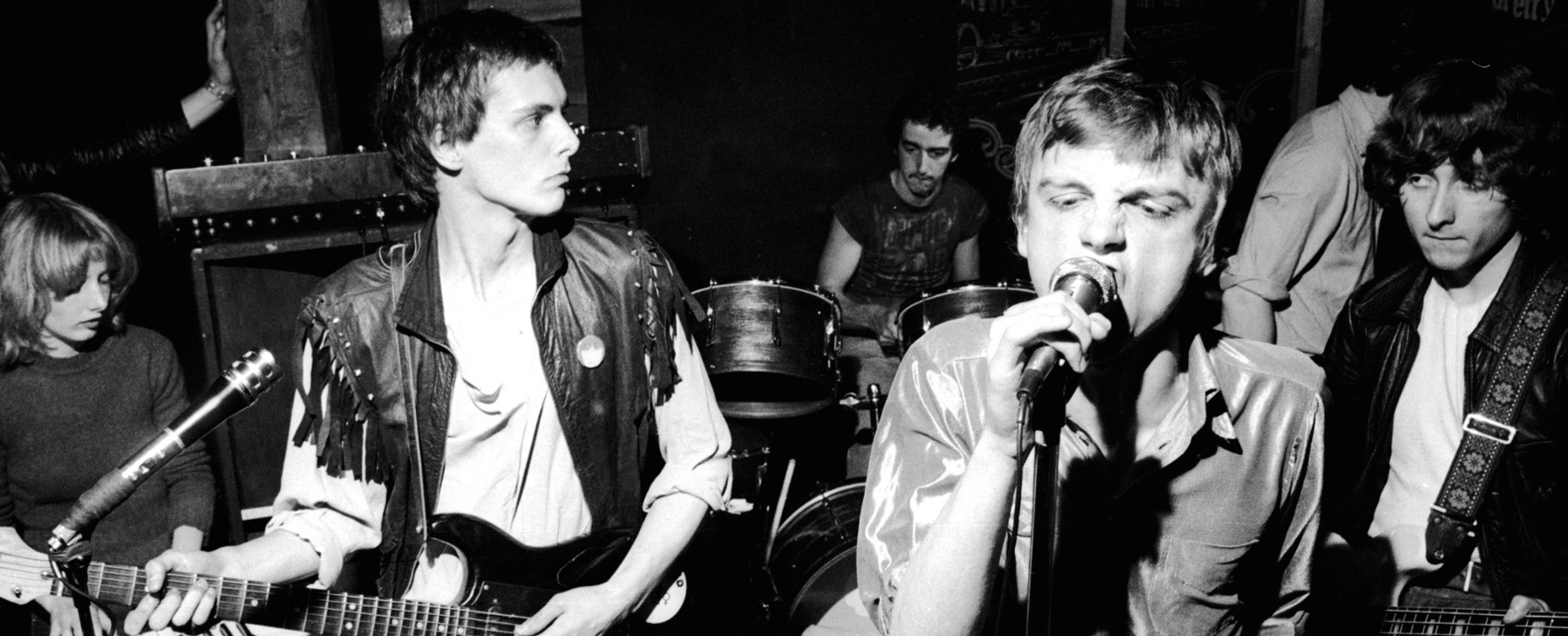

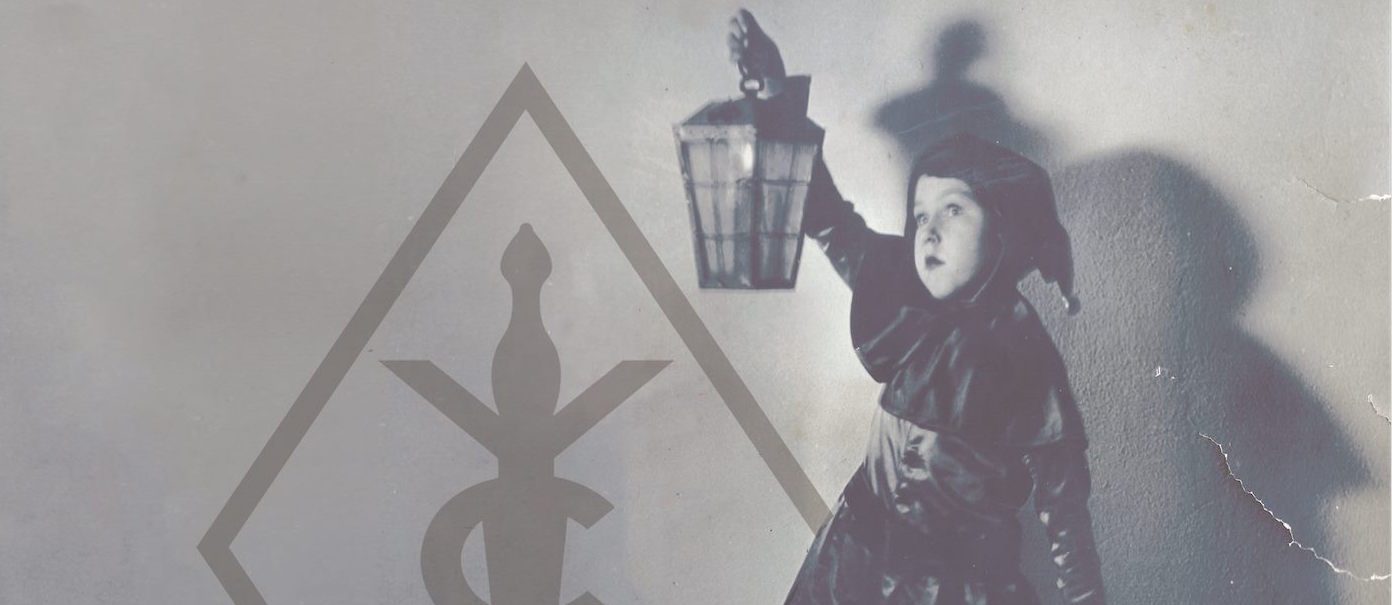




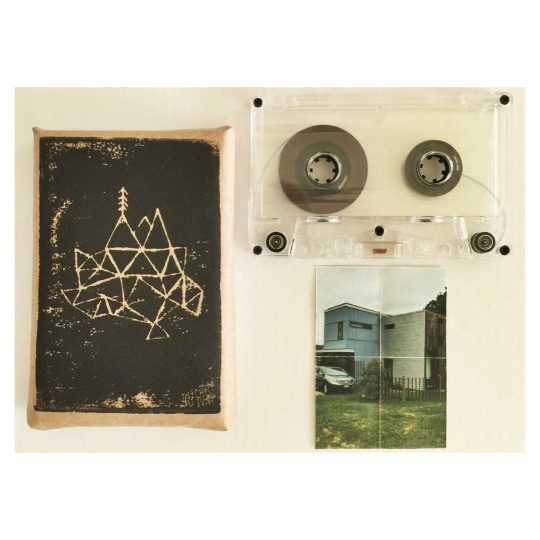
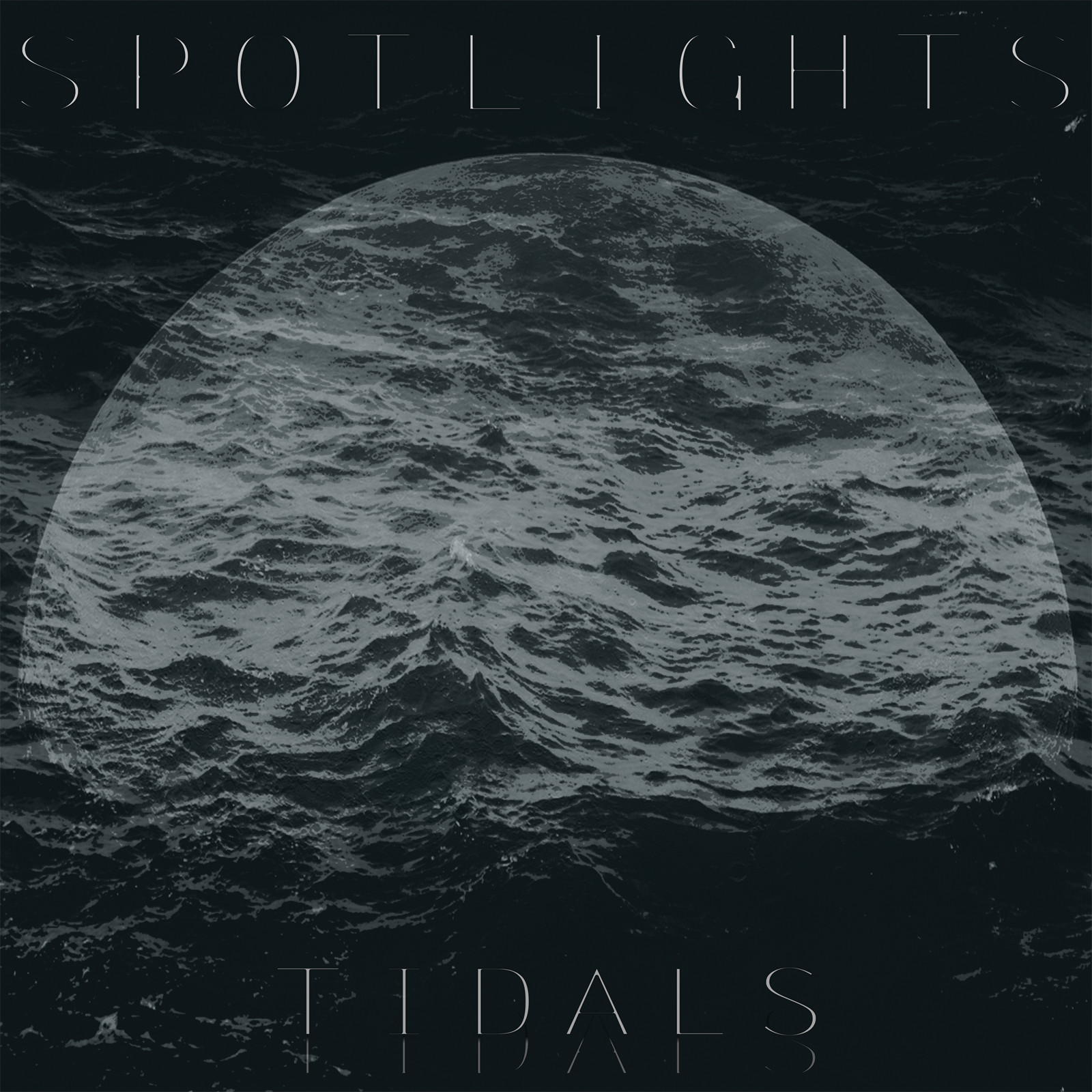
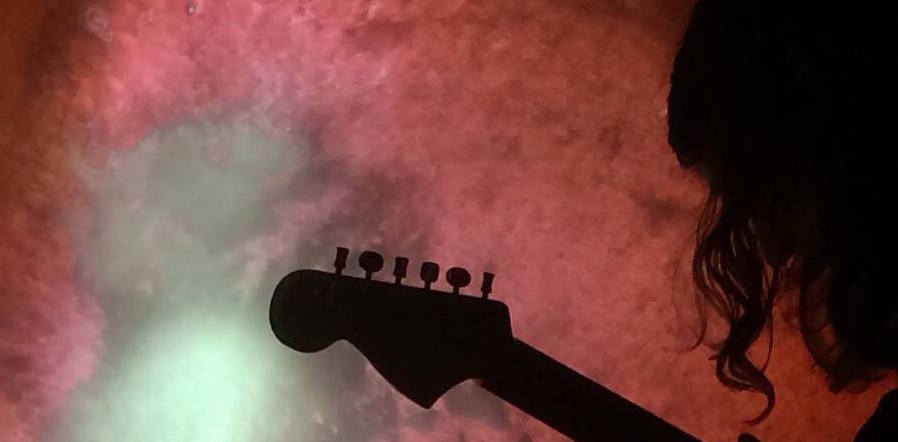

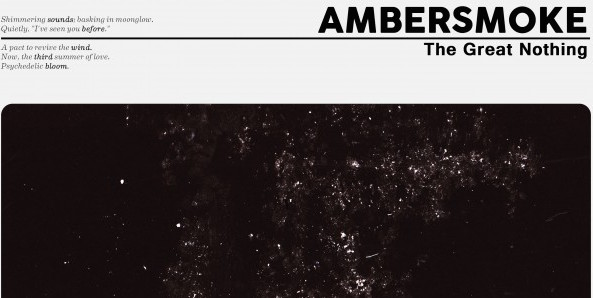
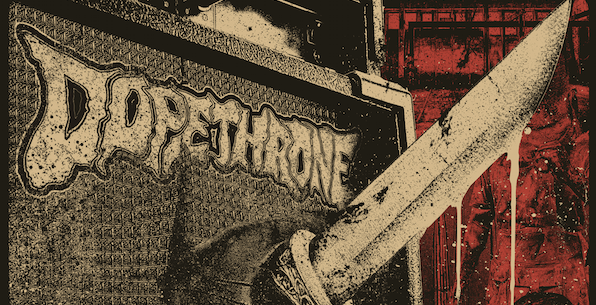


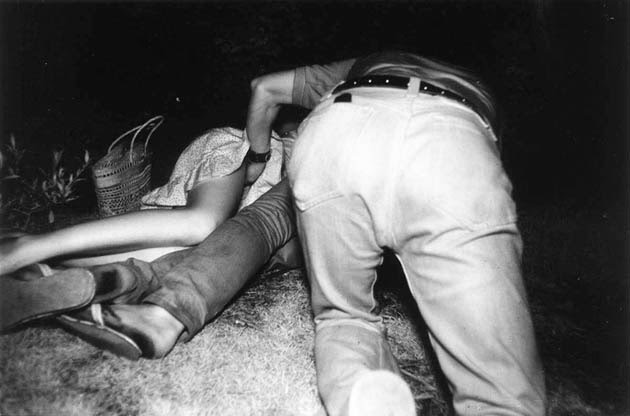
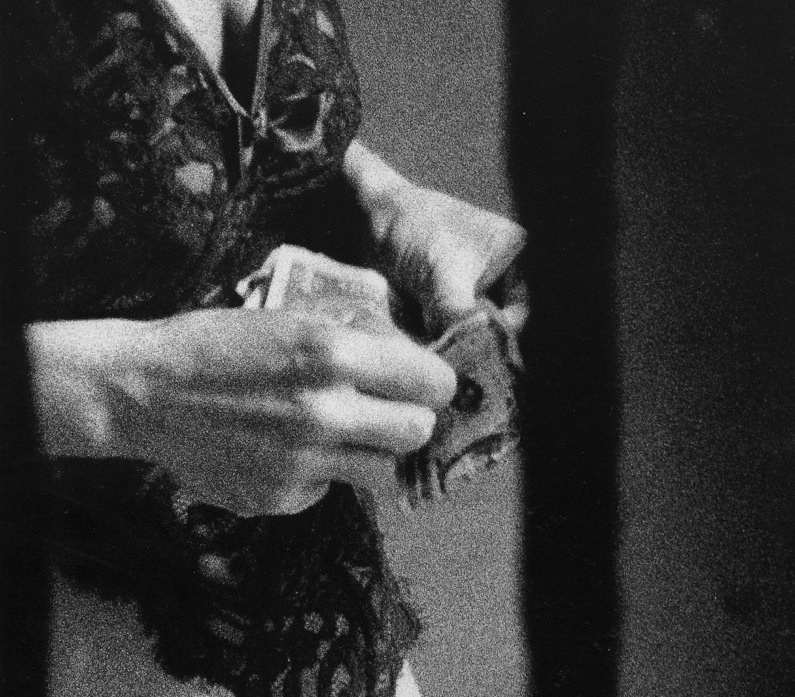






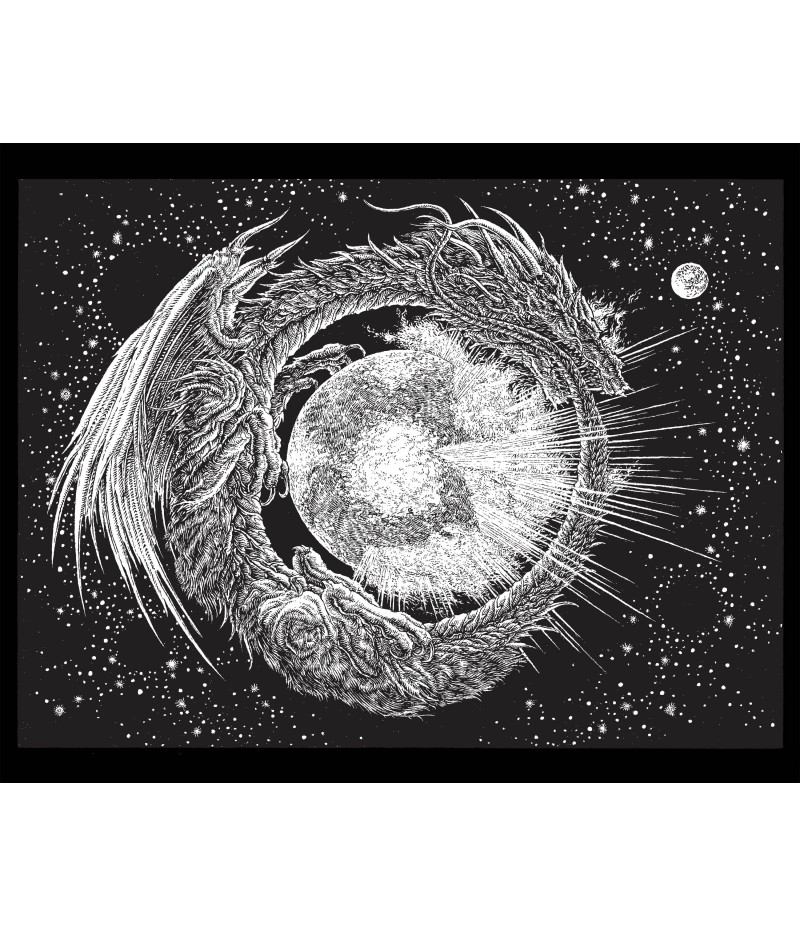






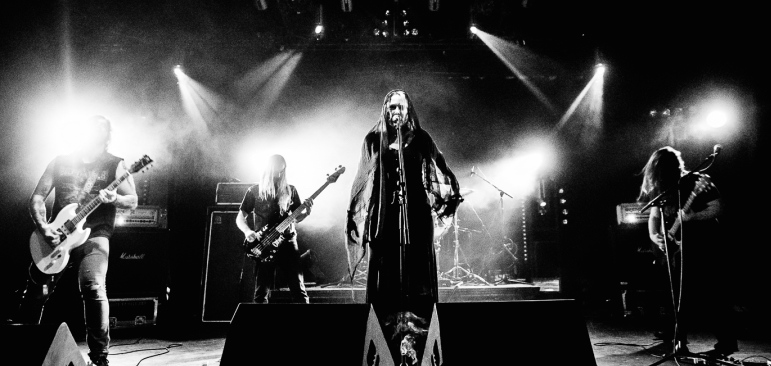
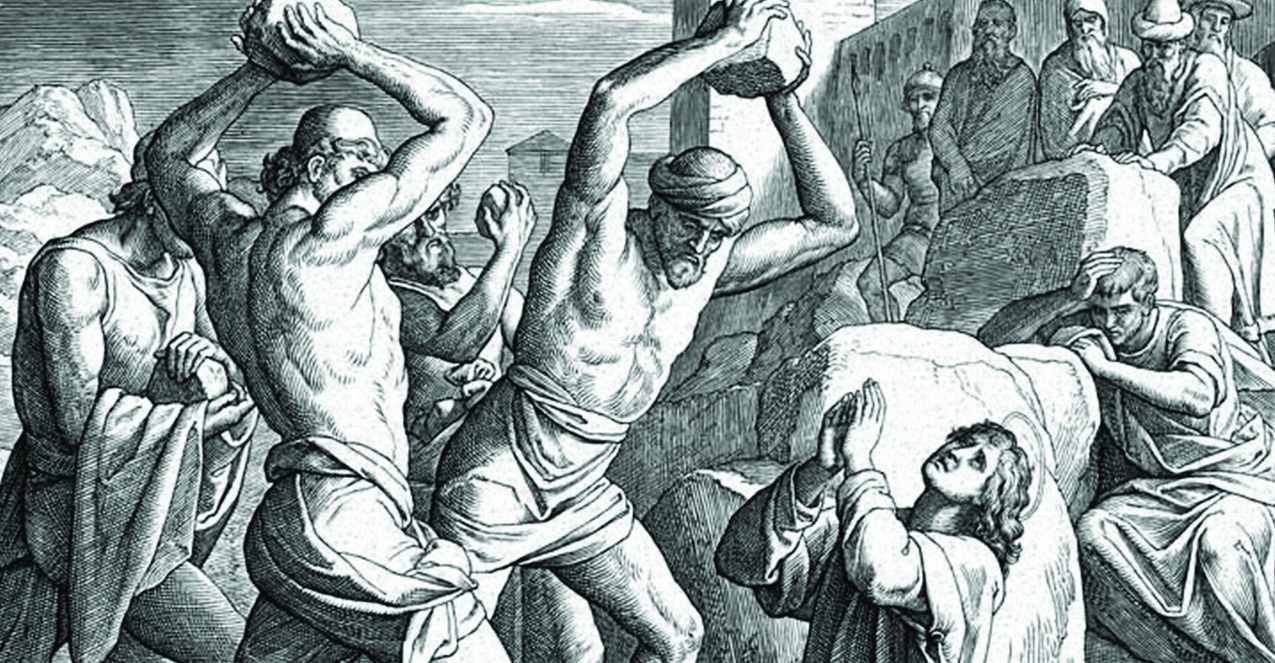
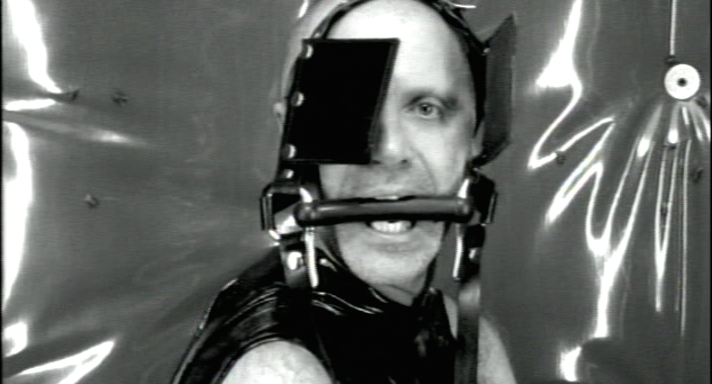














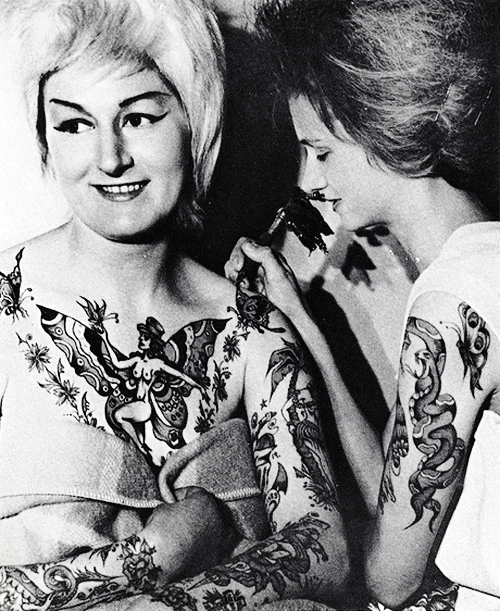








New Comments